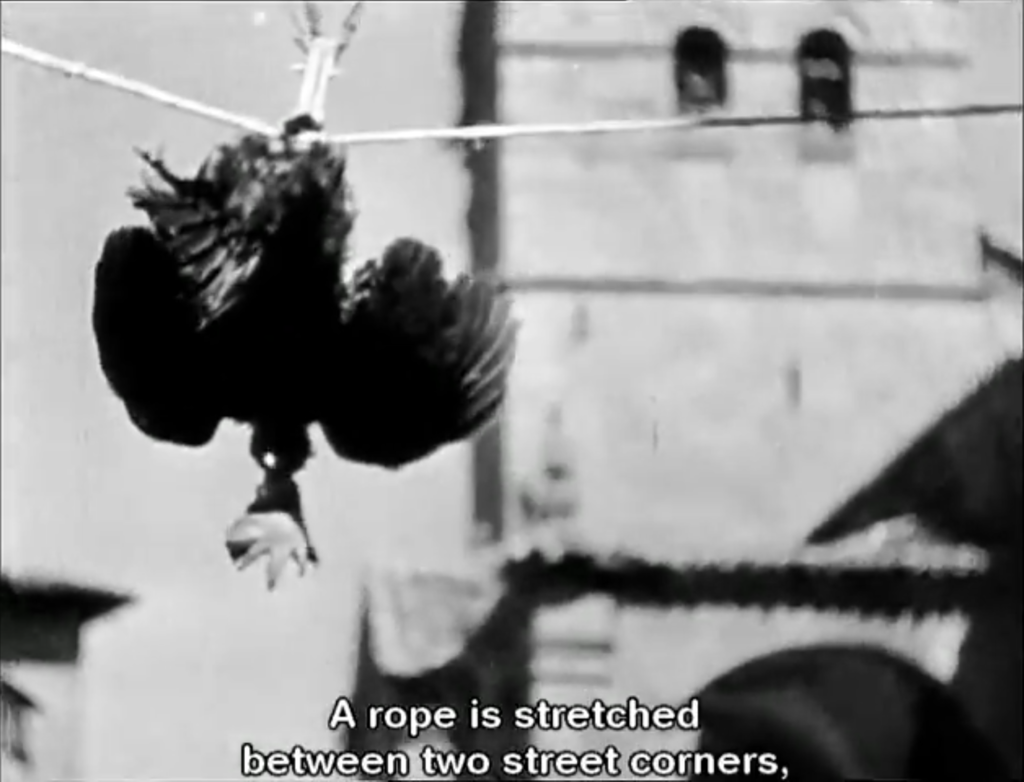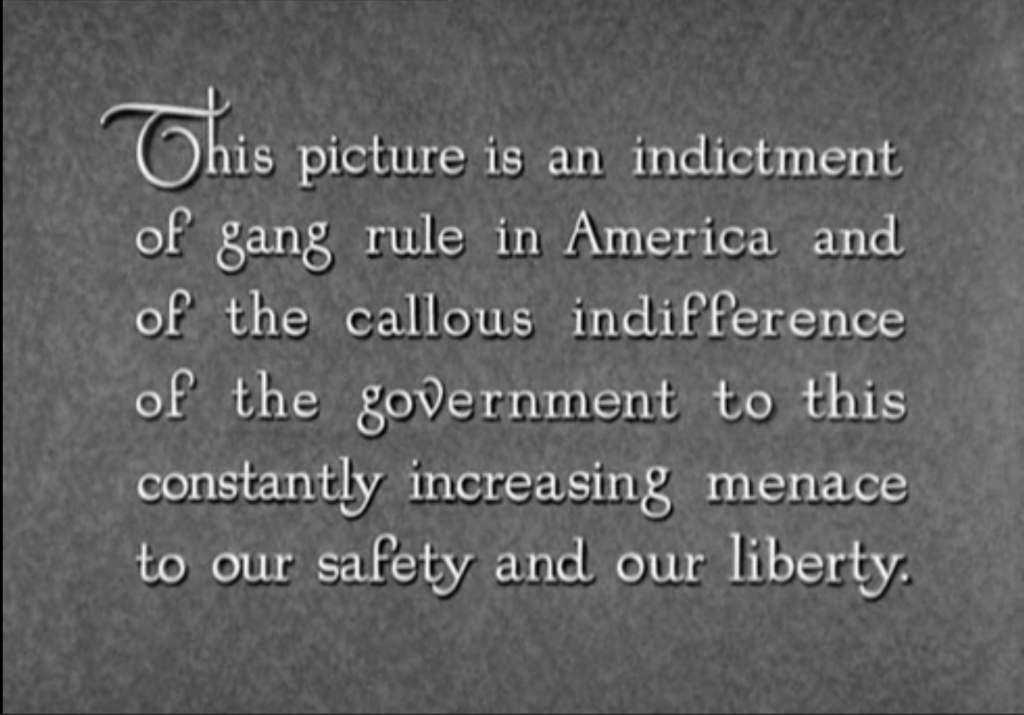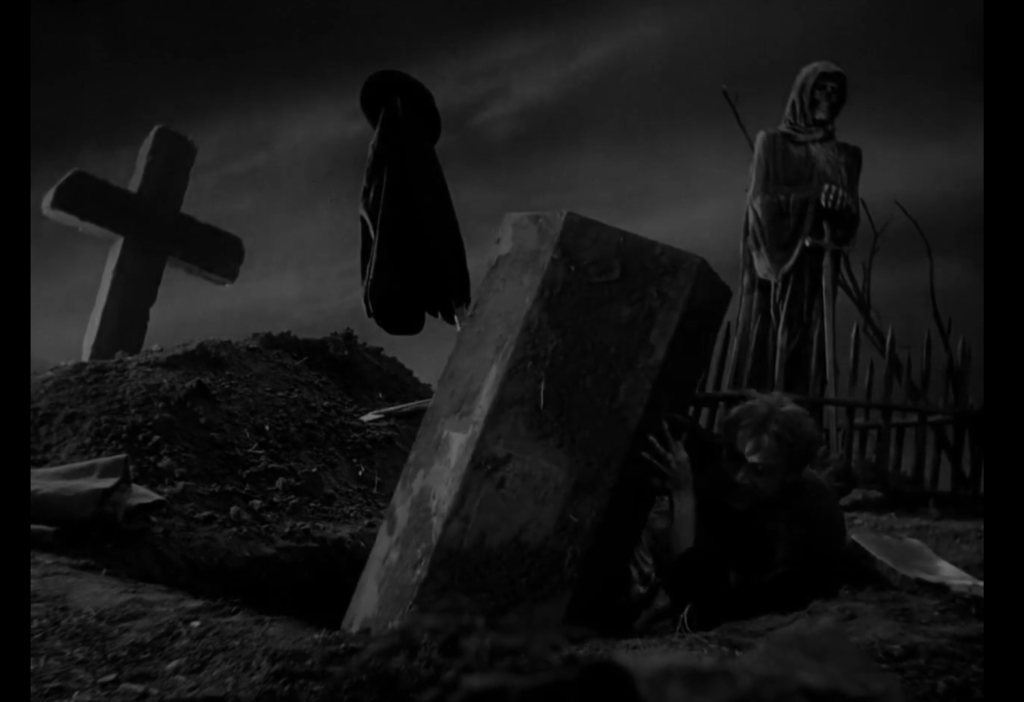The Threepenny Opera (1931) is nothing particularly special, in fact many of these films ranked higher than 500 in terms of merit I have a feeling were picked due to some extremely specific consideration, and many film reviewers are against qualifying a contemporary film as a great until the consensus has been agreed, well I say ‘fuck that’ to be quite honest, there’s little in me that can accept that these films are anything but dry, tiresome and archaic visions of a dead-time, lusted over by those too far into a thematic rabbit-hole, if it cannot hold my attention in its remastered state, then by christ I am in awe of those who can drag anything but a sentence or 2 from these dated perspectives. Which brings to Limite (1931) which is often called Brazil’s greatest film. Well shit Brazil, if this is your greatest I hope I don’t have to see anything even close to your worst. Don’t get me wrong, it was beautifully shot and had some interesting juxtapositions in multiple shots and the narratives were told in a somewhat original way, but this is truly one for the hardcore film nut, one who wishes to analyse each frame and produce a lucid post-modern text in the process. In this day and age it’s quite something to admit that the collectively-agreed-upon ‘classic’ is actually quite dull, and you don’t really care for it.

Luis Bunuel’s Land Without Bread (1932) begins as a melancholy look at a small, isolated town. Who due to their location have hardships with food, death, education and farming etc.. It’s trajectory quickly becomes more sombre, more lucid, towards what it means to live in isolation, the strange traditions, the thoughts of death and loss, the acceptance of both.
And then I was like ‘Finally…Freaks!’ and…I was let down. Perhaps a testament to modern shock, the destruction of taboo and general contemporary decadence and degeneracy, but Tod Browning’s Freaks (1931) neither shocked me, disturbed me or even really woke me up. There’s some deformed and generally admirable people whom are part of a carnival, there’s a bit of plot lying around somewhere but hell, it’s quite transparent someone had the foresight to gain a career off the backs of genetic rarity, watch it for a snapshot of peculiarity at best.
Howard Hawks Scarface (1932), a slow burner, a slow starter and a slow mover, a technique in cahoots with its characters, all of whom in their arrogance and masculine confidence own everything in a certain manner. The initial striking a match off a policeman’s badge acts as a short metaphor of 30’s gangster power, the utilization of the bureacratic and controlled as a means for further mob-expansion, though of course this expansion continued long into the 70’s.

An interesting point to make here however is that this film from 1932 does in fact condemn both the gangsters for their illegal and mob behaviour, as well as condemning the police for doing little about the menace. Cinema lacks the audacity – potentially in the face or current identity politics – to cast a finger upon any group, they fear and skulk away from any real potential for confrontation, except wherein that confrontation is one being dragged by ever-leftward swimming Cthulhu, that is, Hollywood simply stands with the majority now. Which in Hawk’s day would be bending to the gangster’s whim even though they didn’t like them, they stood up for what it was they wanted to say, as opposed to helping pronounce that of the loudest whiner.
I have to admit something once more in relation to these musings on film, these much older films, at least from what I’ve seen prior to 1950 have a certain incoherence, the camera works, the film is displayed, the actors are speaking and the sets are standing, but all seems in the singular, yet to truly connect into a unified whole, when one focuses on one single point in these films, the rest loses any intensity, no flow or flux, no rhythm or beat, they jolt and bang along with stops and starts, parts and bits, mashed together into spikingly-dynamic assemblages of cinema, often jolting to the (poisoned) modern mind seeking linearity and ease in all.
Just a short one whilst I get things back ticking along here.
Read More

























